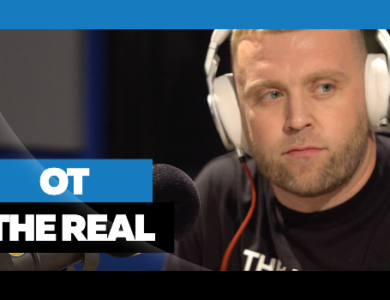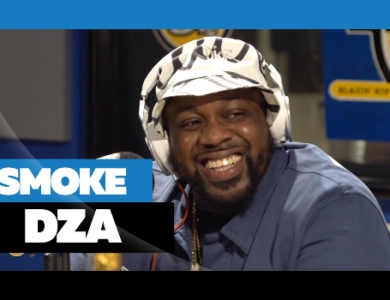Just when the U.S. economy seemed to be getting its footing, a number of new obstacles risk tripping it up.
A spike in oil prices due to spreading unrest in the Middle East is the highest profile problem, but not the only one.
Economists are also worried about the push to cut government spending, the end of stimulus from the Federal Reserve and the bull market in stocks running its course.
While none of these factors might be enough to tip the economy back into a recession individually, “pile up enough headwinds and you’re going backwards,” said David Wyss, chief economist with Standard & Poor’s.
Danger #1: Rising oil prices: The spike in oil prices has not only sparked a sell-off in stocks, it’s made economists far less bullish about the strength of the recovery.
But most believe that oil prices at $100 a barrel isn’t high enough to cause a problem.
“At $100, it’s a significant problem, but it’s not a killer,” said Wyss.
Wyss said $150-a-barrel oil would be the problem level. Others put the tipping point closer to $120 or $125 a barrel. And uncertainty in the Middle East has many wondering how high it will go.
“The big geopolitical changes we’ve been seeing didn’t stop with Tunisia, and didn’t stop with Egypt. So maybe it’s not a good idea to assume it’s all going to stop with Libya, either,” said James Hamilton, economics professor at the University of California-San Diego. “If there is a disruption for Saudi Arabia, it would be off the charts in its impact on the world economy.”
Chris Isidore, CNN














